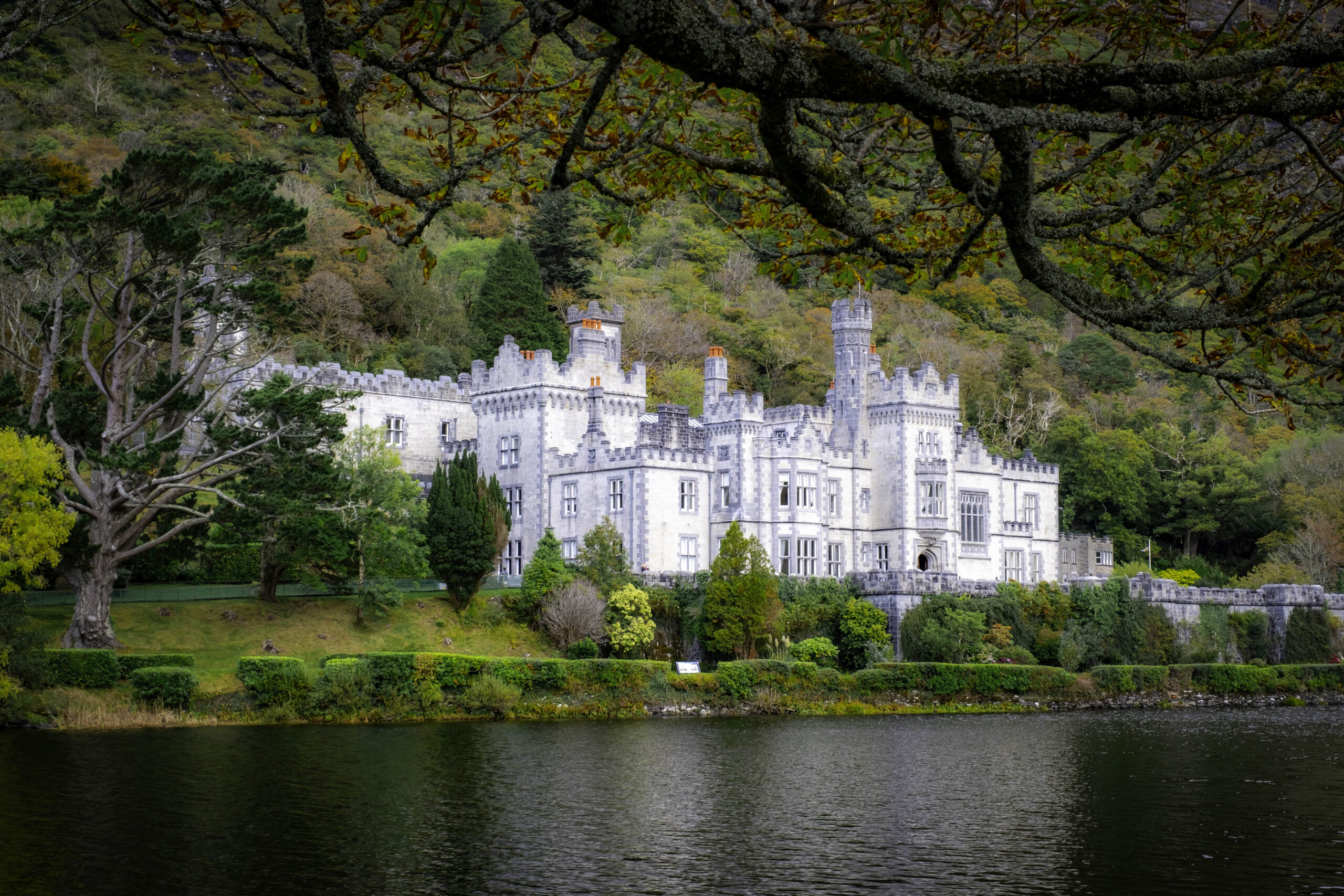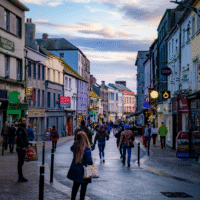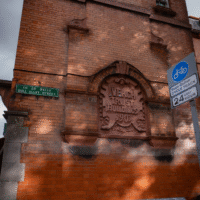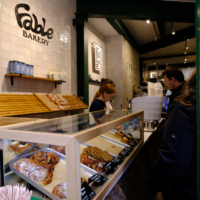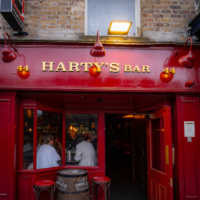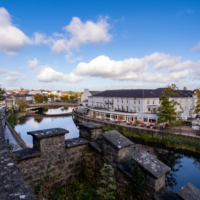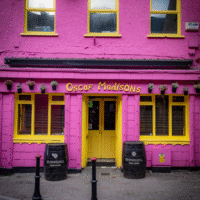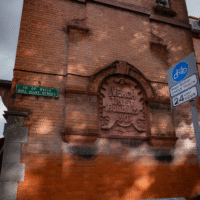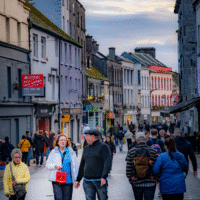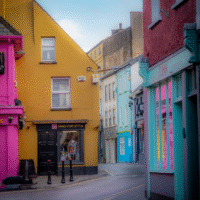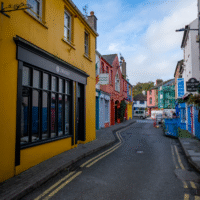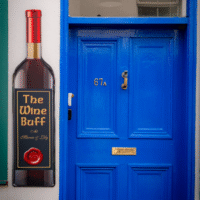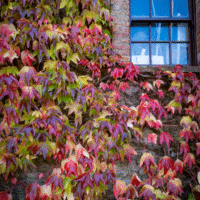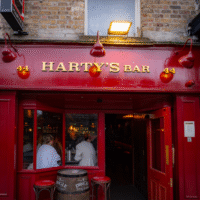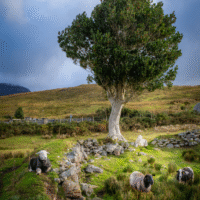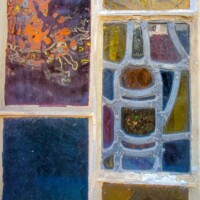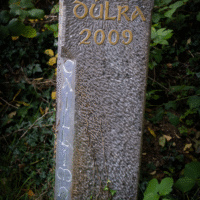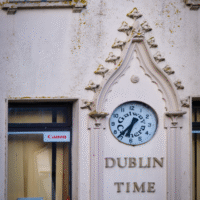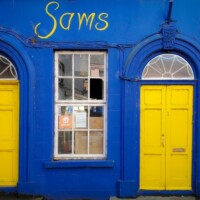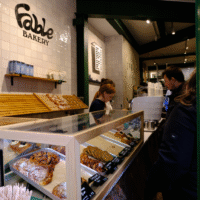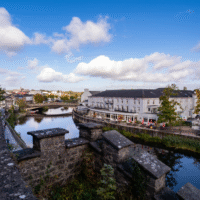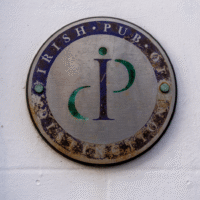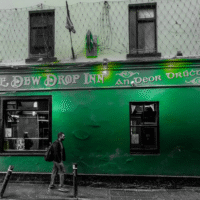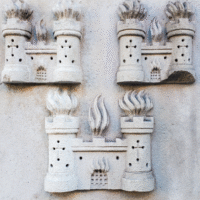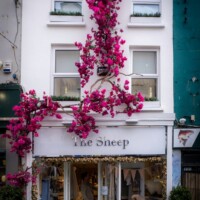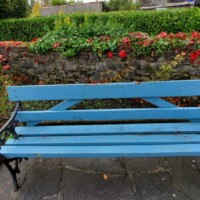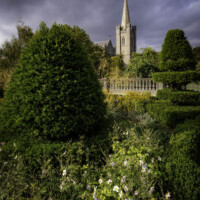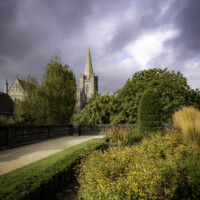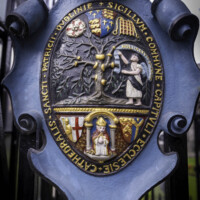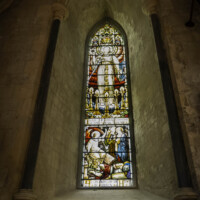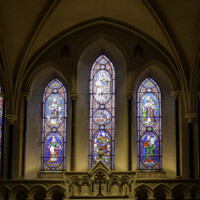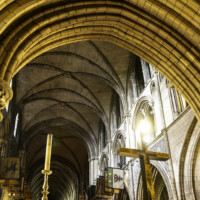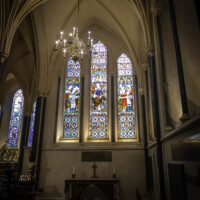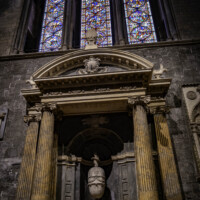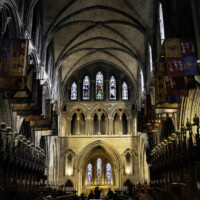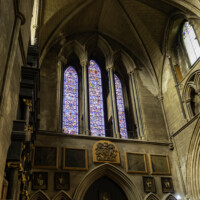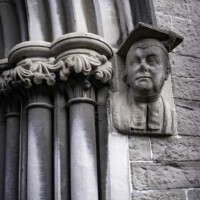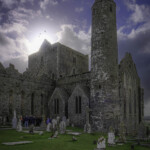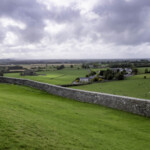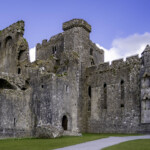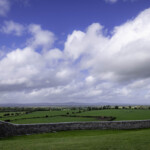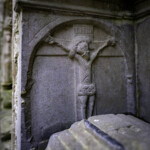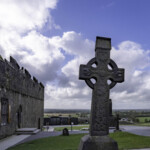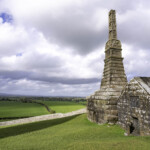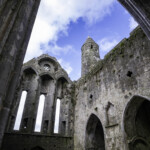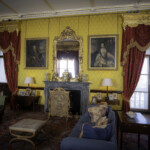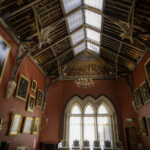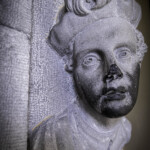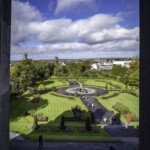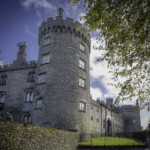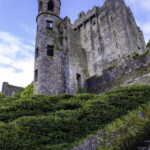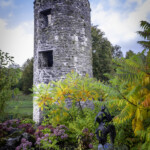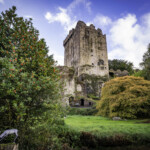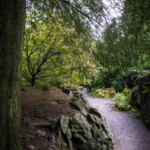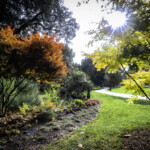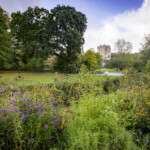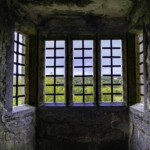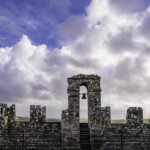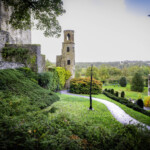Ireland 2024
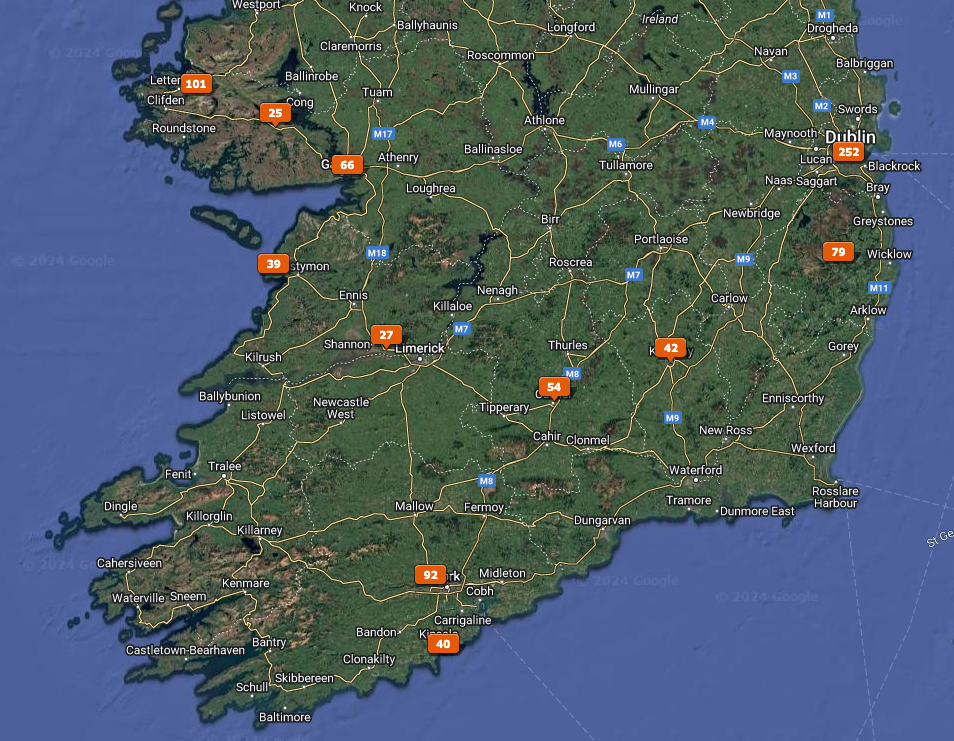
Road Trip Tally
This Trip
4,500 MILES
1250 PHOTOS CATALOGED
Cumulative
Larry Has Gone: 34,500 Miles
Cataloged 14,275 photos
13 NEW LIFE LIST Bird Species
Streets and Backroad Scenes
Included here are a few images from the towns and streets throughout Ireland. Most are in either Dublin or Galway, although a few are on the towns and roads in between. Being scattered around the country, these images are more or less a scrapbook of scenes that don’t really require a lot of explanation. So this page consists simply of photographs and short captions. My 13 new bird species are included, pushing me over 400 species.
New Eurobirds
- Common Buzzard Number observed: 1
- Gray Heron Number observed: 1
- Eurasian Magpie Number observed: 3
- Eurasian Jackdaw Number observed: 7
- Rook Number observed: 3
- Hooded Crow Number observed: 4
- Coal Tit Number observed: 1
- Eurasian Blue Tit Number observed: 1
- Great Tit Number observed: 1
- Eurasian Wren Number observed: 1
- European Robin Number observed: 7
- White Wagtail Number observed: 4
- Common Chaffinch Number observed: 1
Historical Structures
Nestled in the vibrant city of Dublin, St. Patrick’s Cathedral is a magnificent testament to Ireland’s rich history, culture, and spiritual heritage. Officially known as the National Cathedral and Church of Ireland, this stunning Gothic structure stands as the largest cathedral in the country, drawing visitors from around the globe. Its foundation dates back to 1191, making it a remarkable witness to over eight centuries of Dublin’s evolving story.
As you approach St. Patrick’s Cathedral, the first thing that strikes you is its architectural grandeur. The towering spires and intricate stone carvings create a majestic silhouette against the sky. The cathedral is surrounded by beautifully landscaped gardens that provide a tranquil oasis amid the urban bustle. Here, the gentle sound of water from the nearby fountain mingles with the soft rustle of leaves, inviting visitors to pause and reflect before entering.
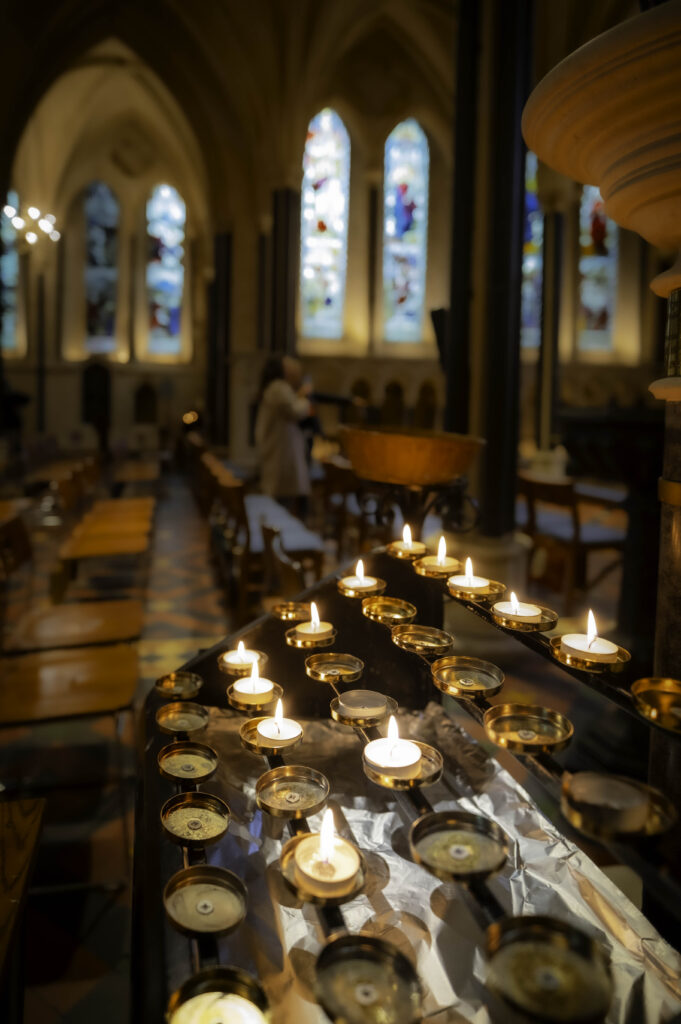
Stepping inside, you are immediately enveloped by a sense of awe. The vast interior, with its soaring vaulted ceilings and meticulously crafted wooden arches, exudes an air of reverence. Sunlight filters through the stained-glass windows, casting a kaleidoscope of colors on the stone floor. Each window tells a story, depicting scenes from the Bible and the lives of saints, offering a glimpse into the spiritual legacy of the cathedral.
One of the most notable figures associated with St. Patrick’s Cathedral is Jonathan Swift, the renowned author of Gulliver’s Travels, who served as the dean here from 1713 to 1745. Swift’s influence is palpable within the cathedral, and his grave lies in a quiet corner, marked by a simple stone that reflects his humility. His connection to the cathedral reminds visitors of the rich literary history that Dublin boasts, earning it the title of UNESCO City of Literature.
The cathedral also serves as a cultural hub, hosting a variety of events, from concerts to educational programs. The sound of choral music resonates through the nave, enhancing the spiritual atmosphere and drawing even more visitors. On a given day, you might find a choir performing a hauntingly beautiful rendition of traditional Irish hymns, making the experience even more memorable.
After exploring the interior, the cathedral’s gardens beckon. The lush greenery, dotted with historic monuments and sculptures, provides a serene escape. Visitors often take a leisurely stroll, enjoying the peaceful surroundings while contemplating the significance of the site. The gardens are also home to a vibrant array of flora, showcasing the beauty of Ireland’s natural landscape.
As you delve deeper into the history of St. Patrick’s Cathedral, you learn about its tumultuous past. The building has undergone numerous restorations, particularly in the 19th century, when Sir Benjamin Lee Guinness—descendant of the famous brewer—funded significant renovations. His contributions not only saved the cathedral from decline but also solidified its place as a cornerstone of Dublin’s heritage.
A visit to St. Patrick’s Cathedral is not just about witnessing architectural beauty; it is an immersion into the very essence of Dublin itself. It serves as a reminder of the city’s resilience, its artistic achievements, and its spiritual roots. Whether you come seeking solace, inspiration, or a deeper understanding of Irish culture, the cathedral offers a profound experience that resonates long after you leave.
In a city filled with historical treasures, St. Patrick’s Cathedral stands out, inviting all who enter to connect with Ireland’s past while celebrating its enduring spirit. It’s a place where history, art, and faith intertwine, leaving an indelible mark on every visitor’s heart.
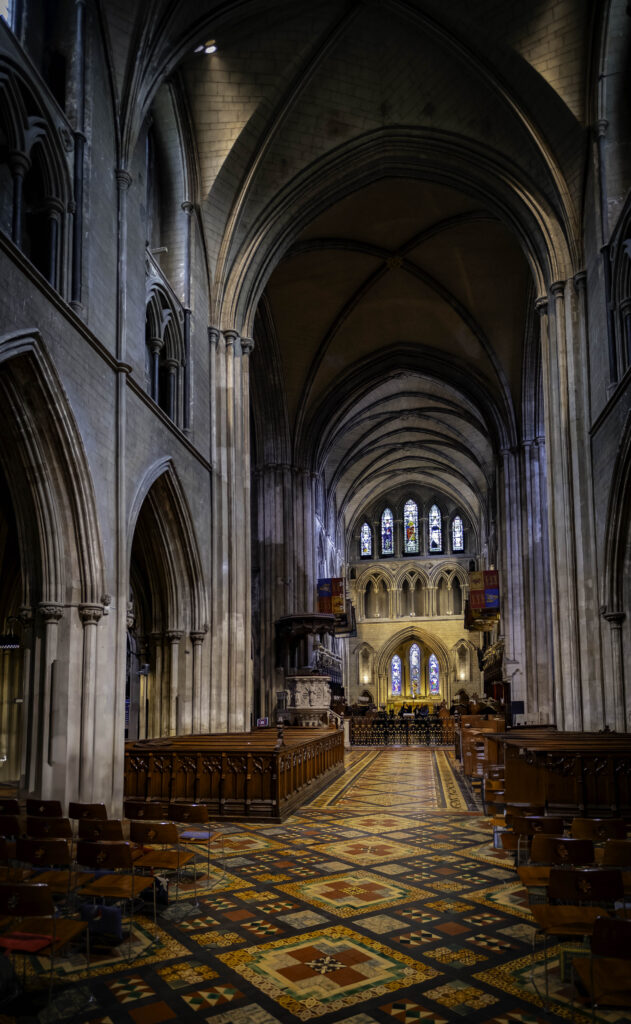
Ireland Part 3 Kilkenny Castle and the Rock of Cashel
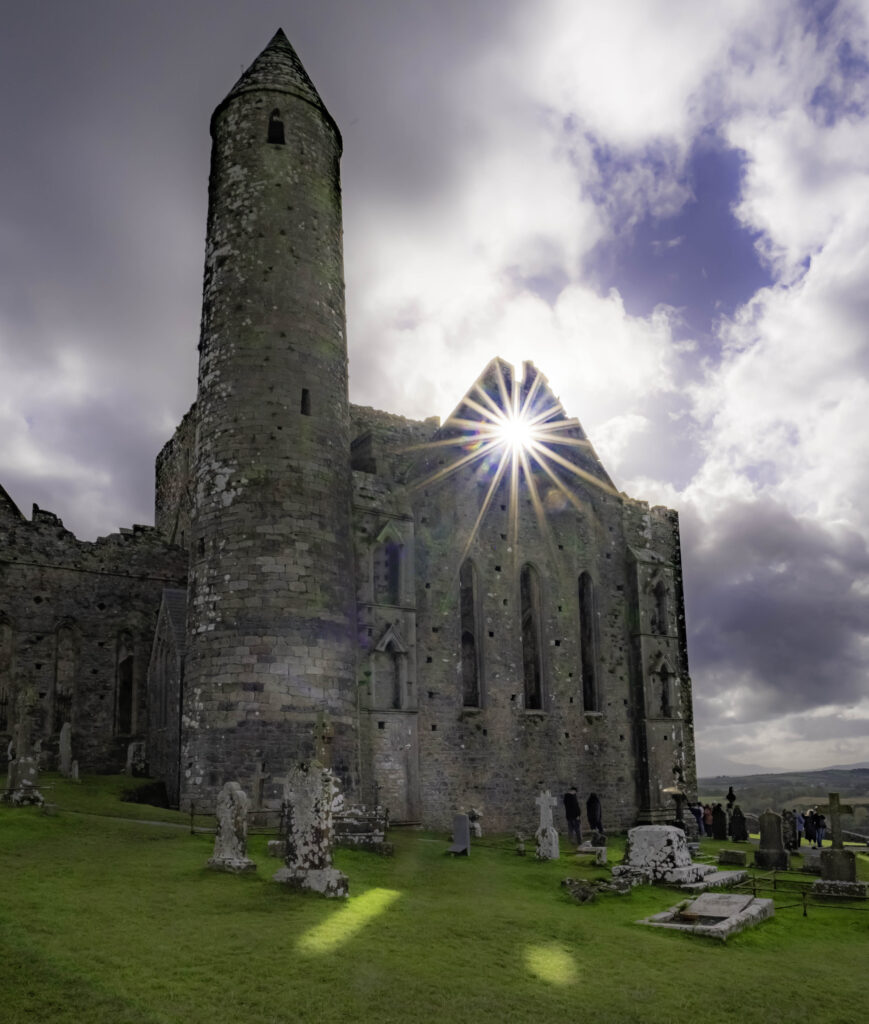
Perched high on a limestone hill, the Rock of Cashel dominates the landscape of County Tipperary, offering breathtaking views that extend for miles across the verdant Irish countryside. Known as St. Patrick’s Rock, this ancient site is steeped in history and legend, making it one of Ireland’s most significant archaeological treasures
The Rock of Cashel’s origins date back to the 4th century, when it was a fortress of the kings of Munster. Its significance grew when it became associated with St. Patrick, who, according to legend, converted the local king to Christianity here in 450 AD. The tale of St. Patrick banishing snakes from Ireland further enshrines the site in the tapestry of Irish folklore. Today, the site is marked by stunning medieval structures that speak to its historical importance.
As you ascend the hill, the first sight that greets you is the imposing round tower, standing tall against the sky. Built in the 12th century, it is an architectural marvel, showcasing the ingenuity of its creators. The round tower is complemented by the remains of a Romanesque chapel, its intricately carved doorways and arches reflecting the artistry of the period.
One of the most striking features of the site is the Cormac’s Chapel, a stunning example of early Gothic architecture. Inside, the chapel is adorned with exquisite stone carvings and frescoes, depicting biblical scenes that seem to come alive under the gentle glow of sunlight filtering through the small windows. The atmospheric interior invites contemplation, allowing visitors to immerse themselves in the spirituality that has permeated this place for centuries.
The site also boasts a remarkable high cross, known as the Cross of St. Patrick. Standing at nearly 5 meters tall, this intricately carved stone cross is a testament to the craftsmanship of the medieval period and serves as a poignant reminder of the Christian faith that flourished here. As you gaze at the cross against the backdrop of rolling hills, it’s easy to appreciate why this location has been a focal point of worship for so long.
Beyond its historical and spiritual significance, the Rock of Cashel offers an unparalleled connection to the land. The panoramic views from the summit are nothing short of spectacular. As you stand atop the rock, the lush green fields, dotted with sheep and framed by distant mountains, evoke a sense of peace and wonder. It’s a moment that encapsulates the essence of Ireland—a land steeped in myth and beauty.
Visiting the Rock of Cashel is not just a journey through history; it’s an experience that evokes deep emotions. The stories of kings, saints, and ordinary people who once walked this ground linger in the air, inviting you to reflect on their legacies. The site is also conveniently located near the town of Cashel, where charming cafes and shops provide a perfect opportunity to unwind after your exploration.
As the sun begins to set, casting a warm golden glow over the stone structures, the Rock of Cashel transforms into a breathtaking spectacle. This enchanting site, rich in history and natural beauty, is a must-visit for anyone seeking to understand the heart and soul of Ireland. Whether you’re drawn by its historical significance, architectural splendor, or simply the serene landscapes, the Rock of Cashel promises an unforgettable experience that lingers long after you leave.
Kilkenny Castle, a stunning embodiment of Ireland’s medieval heritage, stands proudly on the banks of the River Nore in the charming city of Kilkenny. Originally built in the 12th century, this magnificent structure has witnessed centuries of history, from feudal power struggles to the cultural renaissance of the 21st century.
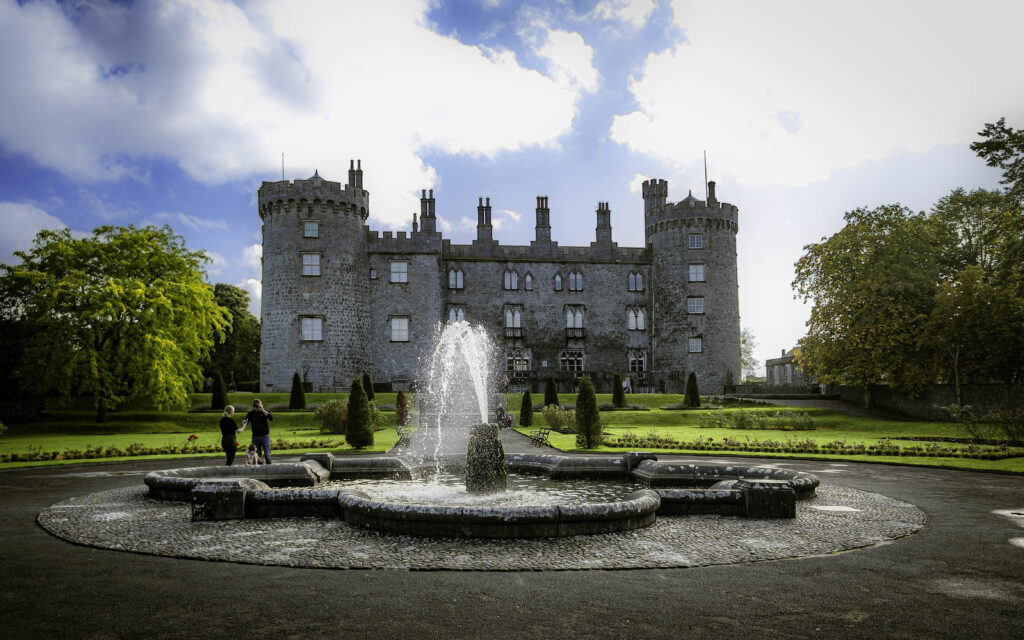
As you approach the castle, its imposing facade and lush gardens invite exploration. The intricate stonework and elegant towers evoke a sense of grandeur, while the beautifully maintained grounds, complete with walking paths and flowerbeds, provide a perfect backdrop for leisurely strolls. Inside, visitors can wander through elegantly furnished rooms that reflect the lifestyle of the Butler family, who called the castle home for nearly 800 years.
The opulent Great Hall and the enchanting Long Gallery, adorned with portraits and exquisite decor, transport you back in time. Kilkenny Castle also offers engaging exhibits that delve into the castle’s rich history and the evolution of the city itself.
Whether you’re an avid history buff or simply looking for a picturesque setting, Kilkenny Castle is a must-visit destination that captures the essence of Ireland’s storied past while showcasing its vibrant present.
Blarney Castle, located in County Cork, Ireland, is a medieval fortress renowned for its rich history and legendary Blarney Stone, which is said to confer the gift of eloquence upon those who kiss it. Constructed in the 15th century by the MacCarthy dynasty, the castle has stood as a symbol of power and influence for centuries, reflecting the tumultuous history of Ireland.
The original structure was likely built in 1200 as a wooden fort, later replaced by the stone castle we see today. The site’s strategic location allowed the MacCarthys to control the surrounding territory, and the castle served as a stronghold during various conflicts, including the Wars of the Roses and the English Civil War. In 1646, Blarney Castle was captured by English Parliamentarians, but it was restored to the MacCarthy family shortly thereafter.
The castle’s most famous feature, the Blarney Stone, became a focal point of Irish folklore. According to legend, kissing the stone grants the kisser the gift of gab, a term used to describe persuasive and eloquent speech. The stone’s origins are steeped in myth, with tales linking it to ancient Druid rituals and even the biblical Jacob.
Over the centuries, Blarney Castle underwent numerous renovations, particularly in the 19th century, when it was transformed into a picturesque ruin by the last private owner, Sir Charles St. John Nugent. Today, the castle is surrounded by stunning gardens and attracts visitors from around the world, eager to experience its enchanting history and captivating legends.
As a symbol of Irish heritage, Blarney Castle remains a testament to the resilience of its past, drawing visitors into its storied embrace..

